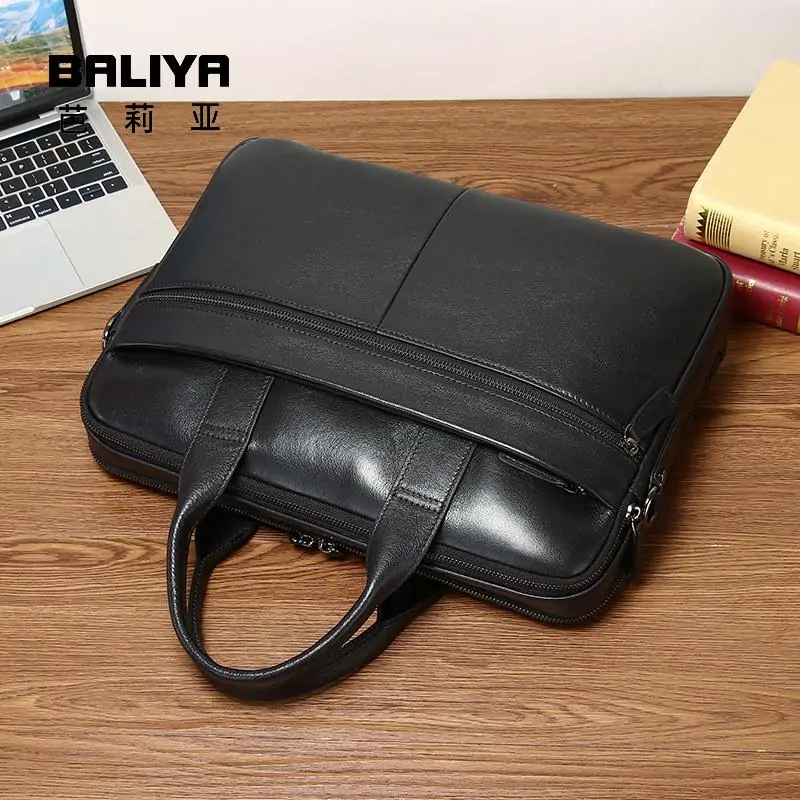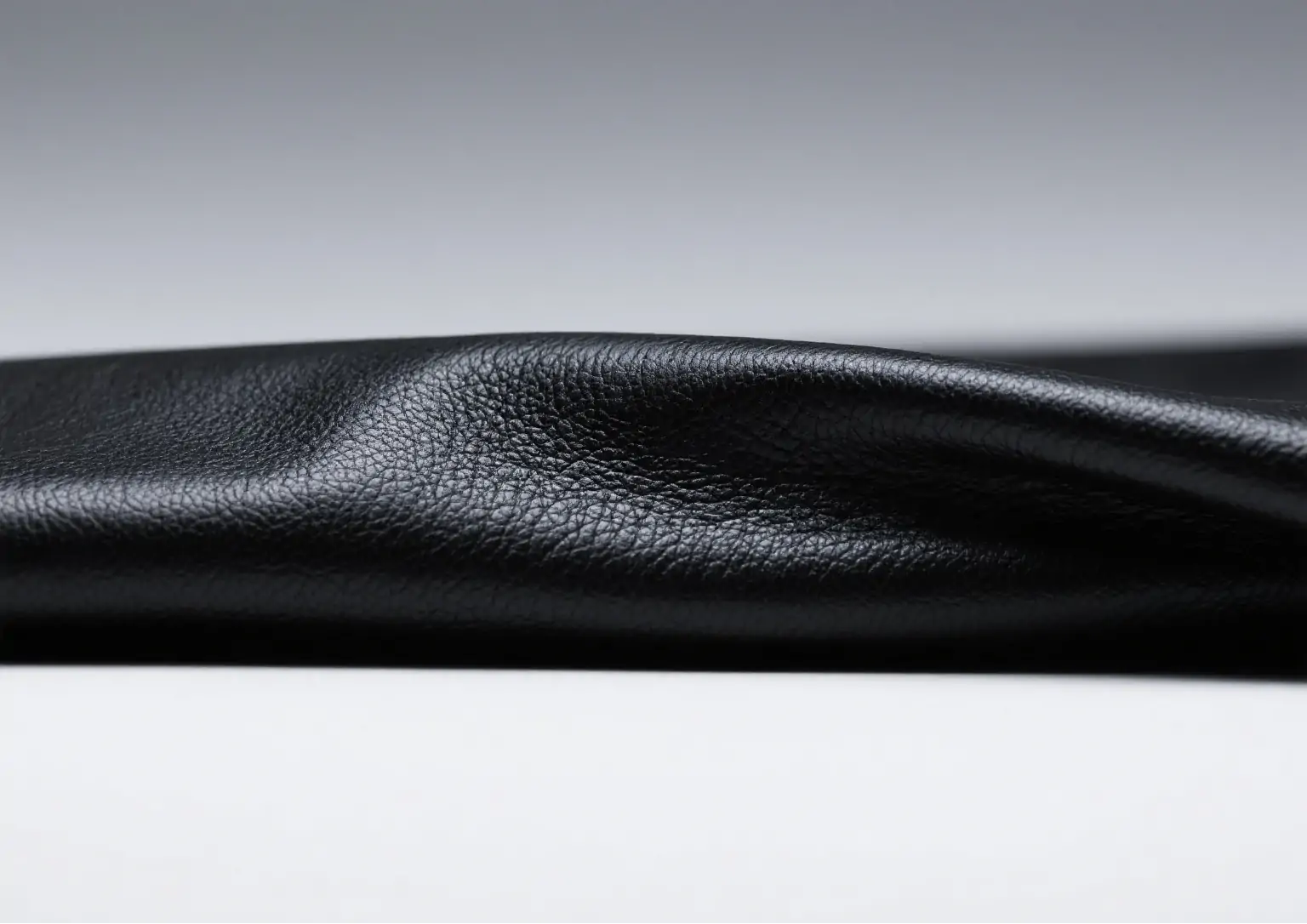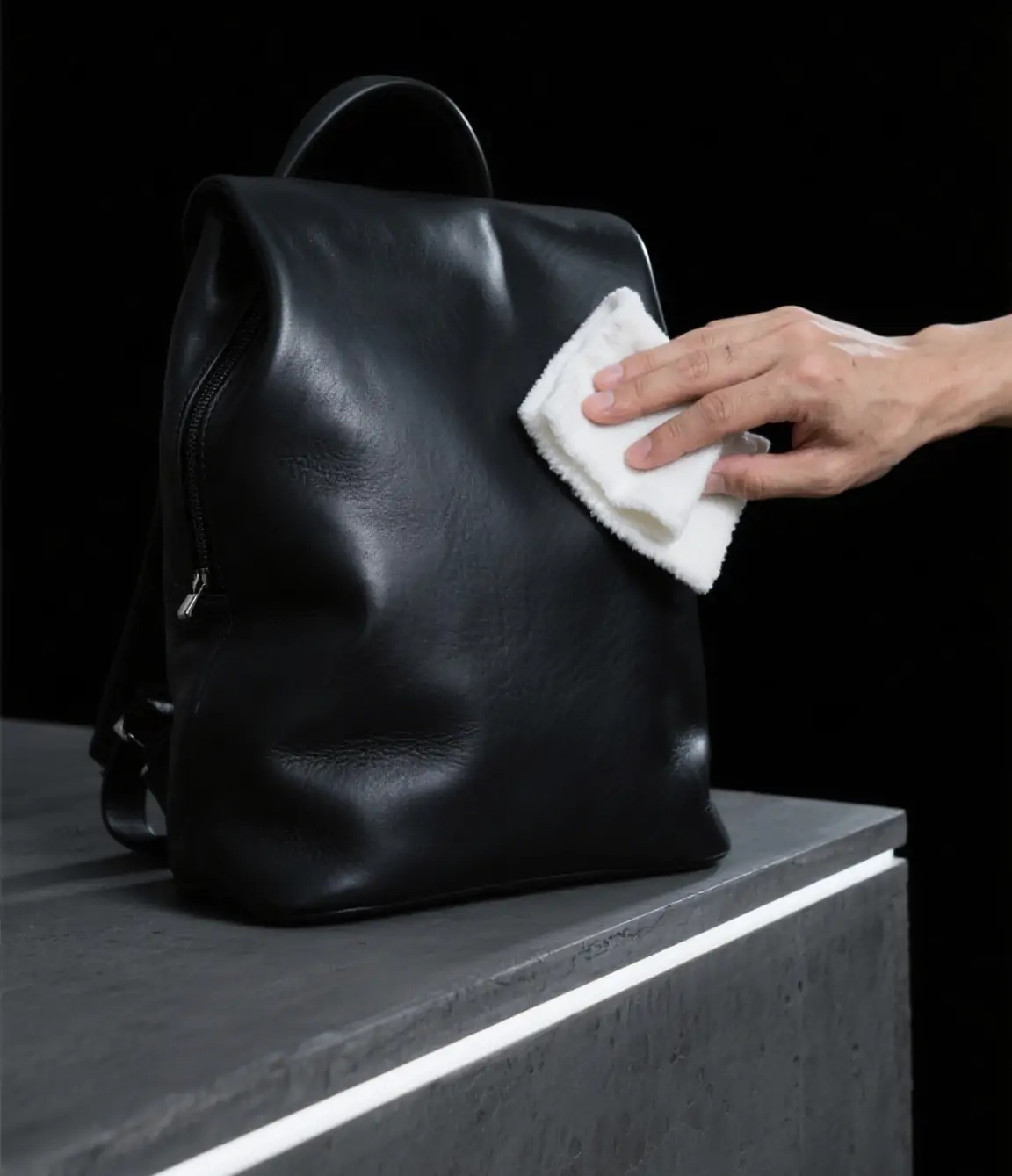When it comes to selecting the right material for everyday bags, people often wonder, is goat leather good? Everyday bags are essential companions in our daily lives, accompanying us to work, on trips, and through various errands. Goat leather has gained attention in the market, but understanding its pros and cons in different daily scenarios is crucial for making an informed choice.
Is goat leather good for travel bags? Absolutely, and there are several reasons. First, goat leather is highly durable. During travel, bags are often subjected to rough handling, such as being thrown into car trunks, dragged through airports, or bumped against various surfaces. Goat leather's tight fiber structure allows it to withstand these abuses without easily showing signs of wear and tear. It can resist scratches and scuffs that would leave marks on other less sturdy materials.
Second, goat leather is relatively lightweight. When traveling, we usually carry a lot of items, and a heavy bag can add to the burden. Goat leather's lightness ensures that even when the bag is fully packed, it doesn't feel overly cumbersome, making it easier to carry around during sightseeing or moving from one place to another.
Moreover, goat leather has good breathability. This means that items stored inside the bag, such as clothes or electronic devices, are less likely to get musty, which is especially important for longer trips where items may be kept in the bag for an extended period. So, in travel scenarios, is goat leather good? It certainly proves to be a strong contender.
For daily commuting, is goat leather good? It has several advantages that make it a great choice. One of the key benefits is its softness and flexibility. Goat leather is supple, allowing the bag to be easily folded or adjusted to fit into tight spaces, such as under a desk or in a crowded subway seat. This flexibility doesn't compromise its strength, so it can still hold all the necessary commuting items like laptops, documents, and lunch boxes.

Another plus is its aesthetic appeal. Goat leather has a unique grain pattern that gives each bag a distinct look. Over time, it develops a beautiful patina, which adds to its charm. This means that as you use the bag for your daily commute, it becomes more personalized and stylish, standing out from the crowd.
Additionally, goat leather is water-resistant to some extent. While it's not completely waterproof, it can handle light rain or spills during commutes, protecting the contents inside from getting wet. This is a practical feature for those who commute in areas with unpredictable weather. So, when it comes to commuting, is goat leather good? It definitely has a lot to offer.
Despite its many advantages,is goat leather good in all aspects? Unfortunately, no. One of its drawbacks is its sensitivity to excessive moisture. While it can handle light rain, prolonged exposure to heavy rain or being submerged in water can cause damage. The leather may become stiff, lose its softness, or even develop mold if not dried properly. This can be a problem for those who live in areas with frequent heavy rainfall or who often find themselves in situations where the bag is exposed to a lot of water.
Is goat leather good if you're looking for a low-maintenance option? Probably not. Goat leather requires more care compared to some other materials. It needs to be regularly cleaned and conditioned to maintain its appearance and durability. Without proper maintenance, the leather can dry out, crack, or fade over time. This means that owners need to invest time and effort in taking care of their goat leather bags, which may not be ideal for those with busy lifestyles.
Another downside is that goat leather is less resistant to extreme temperatures. In very hot conditions, the leather can become dry and brittle, while in extremely cold temperatures, it may lose its flexibility and become stiff. This can affect the bag's performance and lifespan, especially for those who live in regions with harsh climate conditions. So, considering these factors, is goat leather good for everyone? It depends on one's ability to manage these maintenance and environmental challenges.

When exploring types of leather for bags, we encounter various options such as cowhide, sheepskin, and goat leather. Cowhide is known for its thickness and durability but is heavier. Sheepskin is soft and lightweight but less durable. Goat leather, on the other hand, strikes a balance between durability, softness, and weight, making it a unique option in the range of leather types for bags. It offers a middle ground that appeals to many looking for a functional and stylish everyday bag.
Proper cleaning is essential to maintain the quality of a goat leather bag. So, how to clean leather bag made of goat leather? First, use a soft, dry cloth to wipe off any surface dust and dirt. For minor stains, dampen a cloth with a small amount of mild soap and water, gently rub the stained area, then immediately dry it with a clean cloth. Avoid using harsh chemicals or excessive water, as they can damage the leather. After cleaning, apply a leather conditioner specifically designed for goat leather to keep it moisturized and prevent cracking. Regular cleaning and conditioning will help extend the life of your goat leather bag.

So, is goat leather good for everyday bags? It has significant advantages, including durability, lightness, softness, and a unique aesthetic, making it suitable for both travel and commuting. However, it also has drawbacks such as sensitivity to moisture, higher maintenance requirements, and less resistance to extreme temperatures. When compared to other types of leather for bags, goat leather holds its own with a balanced set of properties. With proper care, including knowing how to clean leather bag correctly, a goat leather bag can be a long-lasting and stylish companion for everyday use. Ultimately, whether goat leather is good for you depends on your specific needs, lifestyle, and willingness to maintain the bag.